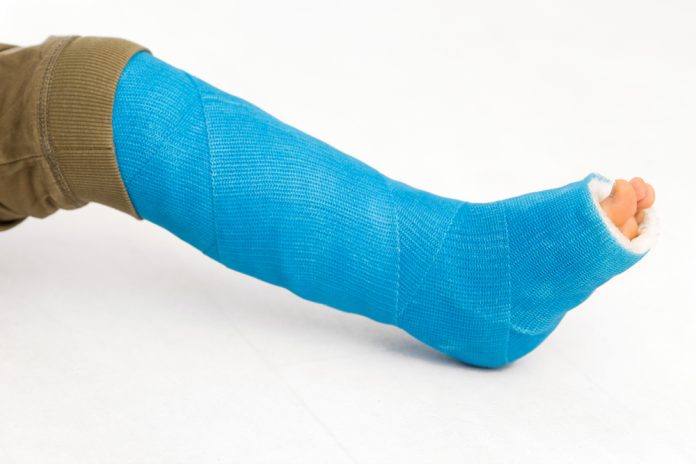Bones are essential components of the human body, providing structural support, protection, and helping in movement. However, they are susceptible to injuries, such as fractures, which can disrupt their functions.
Fractures occur when bones experience a force that is greater than their ability to withstand. When this happens, the bone breaks, causing pain, swelling, and immobility. Fortunately, bones have a remarkable ability to heal themselves, but the healing process varies depending on several factors.
In this article, we will explore the healing process of bones and the time frame involved.
Understanding the Healing Process of Bones
When a bone breaks, the body triggers a natural healing process that involves several steps. These steps are:
Inflammation: The first stage of healing involves inflammation. The body sends blood cells to the injured area to form a clot, preventing further bleeding. The area becomes swollen, red, and painful as the body works to remove damaged tissue.
Soft Callus Formation: After inflammation, the body forms a soft callus around the broken bone. This callus is made of collagen and cartilage and helps to stabilize the bone fragments.
Hard Callus Formation: As the healing process continues, the soft callus is replaced by a hard callus. This callus is made of bone cells and minerals such as calcium and phosphorus. It helps to bridge the gap between the bone fragments and provides structural support.
Remodeling: The final stage of healing involves bone remodeling. The body gradually replaces the callus with new bone tissue, restoring the bone’s original shape and strength.
Factors That Affect the Healing Time
Several factors can affect the healing time of bones. These include:
Age: Younger people tend to heal faster than older adults. This is because older adults have a decreased ability to produce new bone tissue.
Type of Fracture: The type of fracture can also affect healing time. Simple fractures, where the bone is broken but still in alignment, tend to heal faster than complex fractures, where the bone is broken in multiple places.
Location of Fracture: The location of the fracture can also affect healing time. Bones that are closer to the heart, such as the femur, tend to heal faster than bones that are further away, such as the fingers.
Treatment: The type of treatment can also affect healing time. Bones that are immobilized with a cast or brace tend to heal faster than bones that require surgery.
The Time Frame for Bone Healing
The time frame for bone healing varies depending on several factors. In general, it takes about six to eight weeks for a simple fracture to heal. However, it can take up to several months for complex fractures to heal completely. Here is a breakdown of the healing time for different types of fractures:
Simple Fractures: Simple fractures, where the bone is broken but still in alignment, typically take six to eight weeks to heal completely.
Compound Fractures: Compound fractures, where the bone is broken in multiple places and breaks through the skin, can take several months to heal.
Stress Fractures: Stress fractures, which are small cracks in the bone, can take four to eight weeks to heal.
Comminuted Fractures: Comminuted fractures, where the bone is broken in multiple places, can take several months to heal.
Fractures in Older Adults: Fractures in older adults can take longer to heal, sometimes up to several months.
Conclusion
In conclusion, the amount of time it takes for a bone to heal depends on several factors, such as the type and severity of the injury, the age of the patient, and how well the patient follows their doctor’s instructions. Generally, it can take anywhere from a few weeks to several months for a bone to heal.
Khalid Irfan is a Fitness expert who enjoys spending time in gym. He also enjoys being in the outdoors and exploring new opportunities whenever they arise as well as researching new topics to expand his horizons.

